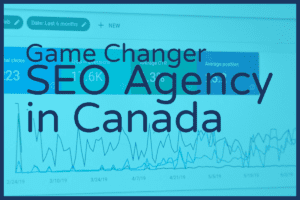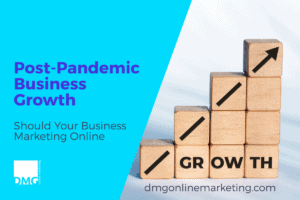 If you’ve spent any substantial amount of time thinking about sales, sales theory, or strategies for converting leads, you may have come across a concept called the Sales Funnel. The sales funnel is an amazing way to think about lead conversion, and following its extremely basic principles will help you visualize and conceptualize sales strategies to make returning, regular customers out of complete strangers in no time at all.
If you’ve spent any substantial amount of time thinking about sales, sales theory, or strategies for converting leads, you may have come across a concept called the Sales Funnel. The sales funnel is an amazing way to think about lead conversion, and following its extremely basic principles will help you visualize and conceptualize sales strategies to make returning, regular customers out of complete strangers in no time at all.
The basic precepts of the sales funnel are simple. Picture any funnel pointed downward. At the top of the funnel (the widest part), you have the population least familiar with you and your work. These folks are strangers and wouldn’t even be considered leads yet. At the bottom of the funnel (the narrow end), you’ve completed the sales cycle and converted someone who used to be a stranger into a friend and customer. This is success.
Leads traveling this narrowing passage are important for you, the business owner, as you work toward building relationships. This is what we’re going to cover.
The Breakdown of the Sales Funnel
Attraction and Engagement
The first step in the sales funnel cycle can be the most difficult. Attracting leads and engaging with them as they take their first steps toward being customers can be incredibly challenging and require casting a wide net with a marketing plan that hits as many target demographics as possible. Your goal with attraction is actually generating those leads, or discovering those individuals who are in the market for a product or service like yours.
Think of the next step like you would any romantic relationship. During an engagement, both parties have started to think about what it might be like to really make this relationship a binding, legal agreement, and the same goes for sales.
You attracted your leads’ attention, and during the engagement step you’ve successfully begun to interact with them in a big, though general, way. Leads can begin to see the real expertise side of you through your blog or social media, or they can discover your passion and knowledge as you publish opinion pieces in magazines and newspapers.
Either way, engagement involves more than general information about who you are and what you do, and really focuses in on why a lead might choose to do business with you over a competitor.
Nurturing Those Leads
Nurturing a lead is where the funnel really starts to narrow. This is where the engagement part, in which your leads start to get curious about you, really gets deeper.
If you think about the nurturing step of the sales funnel in terms of social media, this is where you might start answering questions or talking to potential customers on Twitter. Direct messages on Facebook can point leads toward content on your site that might be of particular interest to them. Things like that.
The other side of nurturing, as in any relationship, is the subtle, gentle realization that you’re not conducting this business or generating this content of your own free will; you’re doing this because this is your passion, your lifeblood, and your bread-and-butter. During the nurturing process your leads should become potential customers, and should be as aware as possible that they should be doing business with you.
Nurturing is where it starts to get personal, emotional, and exciting.
Sell and Keep Selling
Now really, if you’ve been in business for any length of time, this word will have significance to you: closing. As the sales funnel narrows even more, we progress to the point at which you’ve begun to develop a relationship with a potential customer.
It’s clear now that you’ve invested your time and energy into building a rapport, displaying your expertise, and generating value for your leads even before they make a sale. However, you do close and make a sale, whether that be with a direct request to make a purchase or sign a contract, or a subtle redirect to a sales page, the trust and understanding are there and have built gradually over the attraction to your business, engagement with meaningful content, and nurturing through the early stages of the sales relationship.
Once you’ve successfully traversed the funnel this far, your potential customers shouldn’t even be considering that your competitors may be an option for them. This is the power of creating value and adding something real to people’s lives. You’re selling them more than a product or service; it’s a relationship.
And again, just like any other relationship, there’s work still to be done even after the sale is made. The final part of the funnel, taking you through to the other side, is really never ending. You’ve built trust and closed the sale, but you can’t take advantage of that relationship you’ve built. You have to keep nurturing, responding to your customer’s needs, and engaging with them to ensure that other competitors traversing the sales funnel aren’t as successful as you.
The sales funnel might sound like a foreign or a formalized sales concept, but at its heart, it’s just a way to visualize what you already know as a sales professional: to move a lead from stranger status all the way through to regular customer, it’s all about the relationship and emotional investment.



